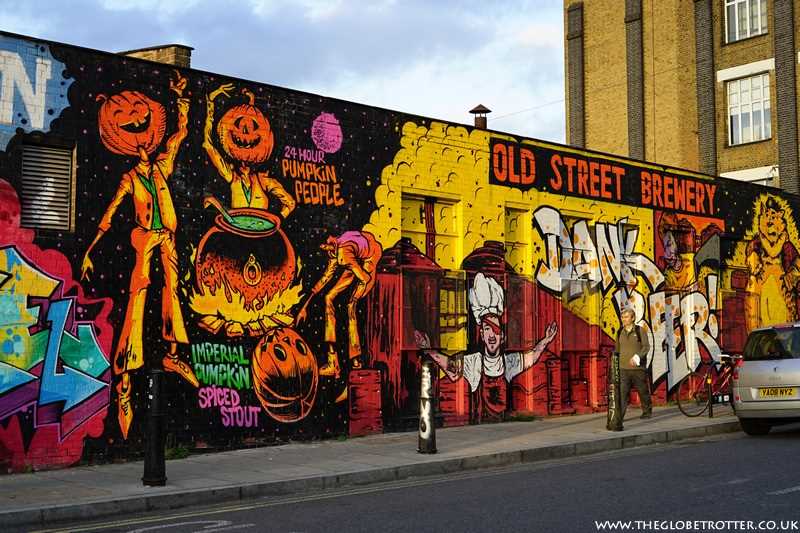Graffiti has long been a controversial and vibrant form of artistic expression. From its roots in street culture to its current status as a global phenomenon, graffiti has made a lasting impact on the art world. In the United Kingdom, graffiti has flourished as a powerful medium for self-expression and social commentary.
One of the most vibrant graffiti scenes in the UK can be found in the streets of London. The city is home to an array of talented graffiti artists who have transformed its walls into colorful canvases. From intricate murals to bold tags, London’s graffiti scene is a testament to the creativity and artistry of its inhabitants.
The graffiti movement in the UK has also been influenced by its political and social history. Many UK graffiti artists use their work to address important issues such as inequality, racism, and environmental activism. Their powerful messages, conveyed through vibrant colors and bold imagery, serve as a visual reminder of the social issues that persist in society.
Graffiti in the UK is not limited to the streets of London. Cities such as Bristol, Manchester, and Glasgow also boast thriving graffiti scenes. These cities have embraced graffiti as an integral part of their cultural identities, providing spaces and legal walls for artists to create and showcase their work.
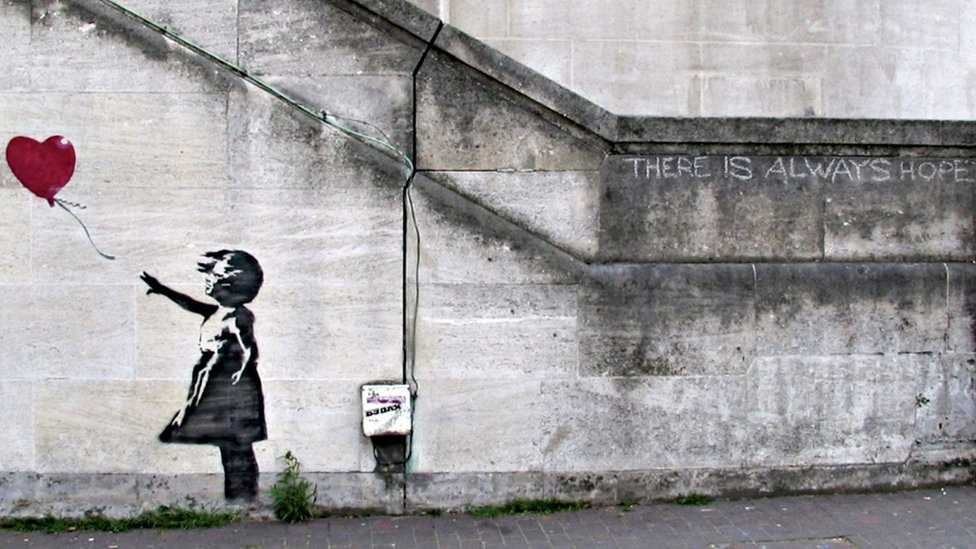
Graffiti, often misunderstood and labeled as vandalism, is actually a powerful form of artistic expression. While it may appear as crude drawings or spray-painted messages on public walls, graffiti is a dynamic art form that allows individuals to express their creativity, emotions, and social commentary.
Graffiti artists, or “writers,” use various techniques and mediums to create their works. From tagging, which is the artist’s signature, to more intricate pieces that incorporate complex designs, colors, and typography, graffiti showcases the diverse skills and styles of its creators. These artists often work under the cover of darkness, adding an air of mystery and excitement to their craft.
Graffiti can be seen as a rebellion against societal norms and expectations. It challenges established rules and pushes boundaries, providing a voice for those who may feel marginalized or unheard. The streets become a canvas for these individuals to share their thoughts and perspectives, bringing attention to social and political issues that are often overlooked.
While graffiti may be seen as an illegal act in many places, it has gained recognition and respect within the art world. Artists like Banksy have become household names, their works selling for millions of dollars. Galleries and museums now exhibit graffiti, recognizing its cultural significance and artistic value.
Though graffiti can sometimes be controversial, it sparks important conversations about the role of art in our society. It challenges traditional definitions of what constitutes “real” art and forces us to question our perception and understanding of creativity. Graffiti bridges the gap between the streets and the art world, bringing art to everyone, rather than confining it to galleries and museums.
In the end, graffiti is not just about defacing public property; it is a form of artistic expression that reflects the pulse of a community, its struggles, and its passion. It is a way for individuals to leave their mark on the world, to be heard, and to inspire others. Graffiti is a testament to the power of art and its ability to connect people across boundaries and barriers.
The Evolution of Graffiti
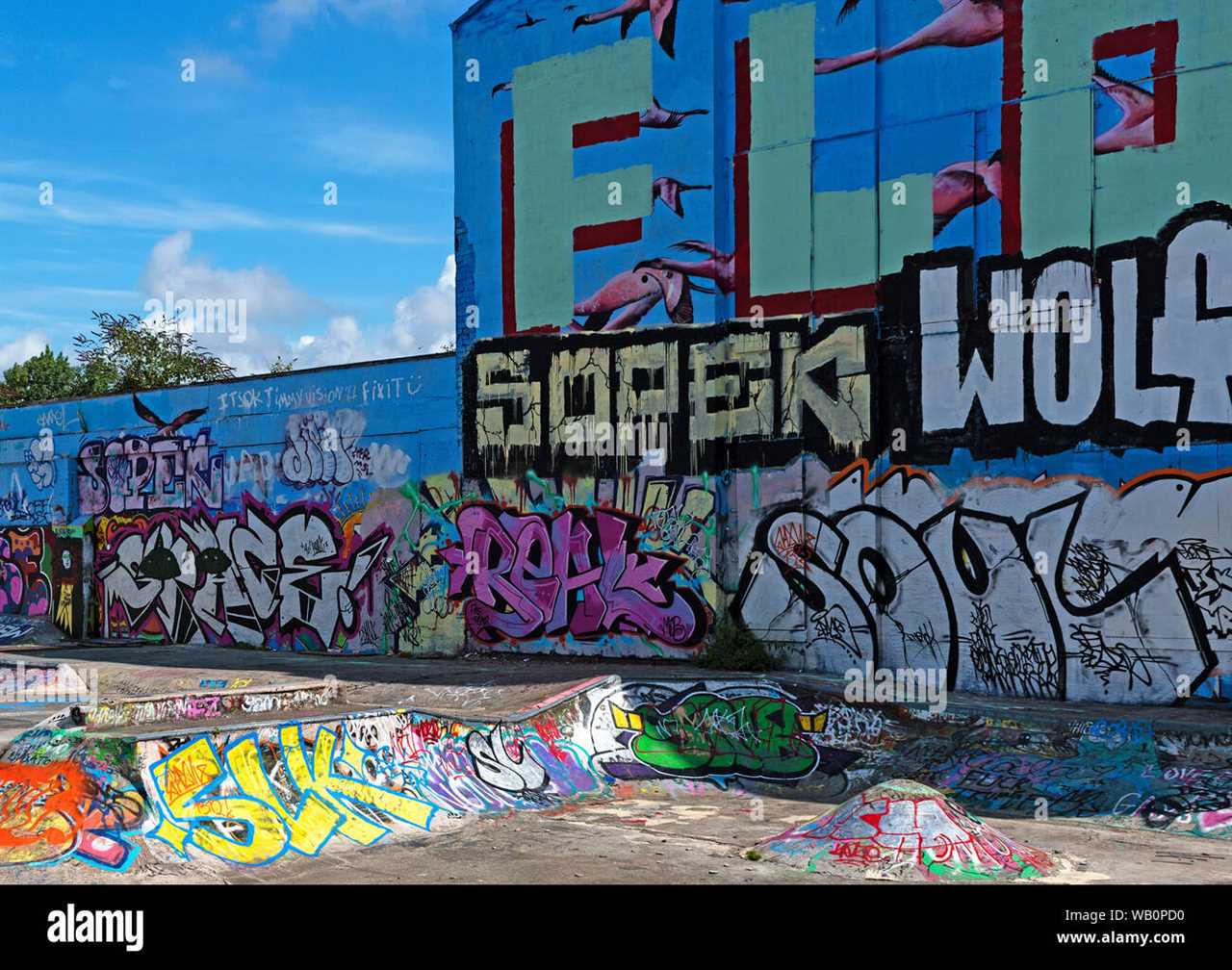
Graffiti has come a long way since its humble beginnings as simple, illegible tags scrawled on walls and surfaces. Over the years, it has evolved into a highly respected form of artistic expression that has made its mark on the cultural landscape of the United Kingdom.
Initially viewed as vandalism and a sign of urban decay, graffiti has gradually gained recognition as a legitimate art form. Artists have pushed boundaries, experimenting with different styles and techniques to create visually stunning and thought-provoking pieces.
One of the most significant developments in the evolution of graffiti is its transition from illegal street art to commissioned murals. Public and private entities now actively seek out talented graffiti artists to beautify public spaces and walls with their creations. This shift has not only provided artists with more opportunities to showcase their skills but has also helped change public perception, encouraging the acceptance of graffiti as a valuable addition to urban environments.
The accessibility and global reach of the internet have also played a crucial role in the evolution of graffiti. Artists can now easily share their work with a broader audience, leading to increased exposure and recognition. Online platforms and social media have become essential tools for graffiti artists to connect, collaborate, and inspire one another.
In recent years, graffiti has also been embraced by mainstream culture. Its influence can be seen in advertising, fashion, and even the art world. Graffiti-inspired designs and motifs have become popular, reflecting the impact and allure of this art form.
While graffiti has certainly come a long way, it continues to evolve. Artists constantly find new ways to innovate and push the boundaries of this dynamic art form. What started as simple tags has grown into an art movement that has captured the hearts and minds of people around the world.
As graffiti continues to evolve, it will undoubtedly leave an indelible mark on the cultural landscape, inspiring future generations of artists and shaping the way we perceive and interact with art in public spaces.
Graffiti vs. Vandalism
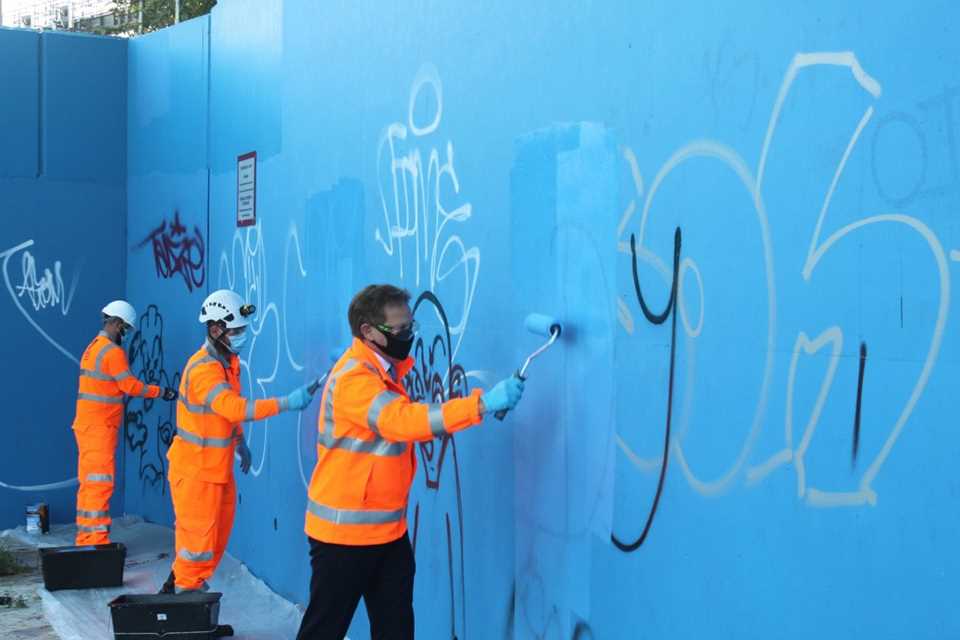
Graffiti, often seen as a form of urban art, has long been a topic of debate among communities and authorities. Some argue that graffiti is a creative expression that adds color and vitality to urban spaces, while others consider it vandalism that defaces public property.
Strong opinions exist on both sides of this debate. Supporters of graffiti argue that it brings art to the streets, allowing artists to express themselves, challenge social norms and make political statements. They believe that graffiti can enhance a neighborhood’s character and serve as a form of public art accessible to all. These proponents often distinguish between legal, commissioned graffiti and illegal graffiti carried out without permission.
On the other hand, those who view graffiti as vandalism argue that it infringes upon the rights of property owners and creates a sense of disorder in public spaces. Vandalism, they argue, degrades the appearance of buildings, public transportation, and other structures, often resulting in high cleanup costs. These opponents of graffiti emphasize the importance of respecting public and private property, and advocate for enforcing strict laws against illegal graffiti.
The Legal Perspective
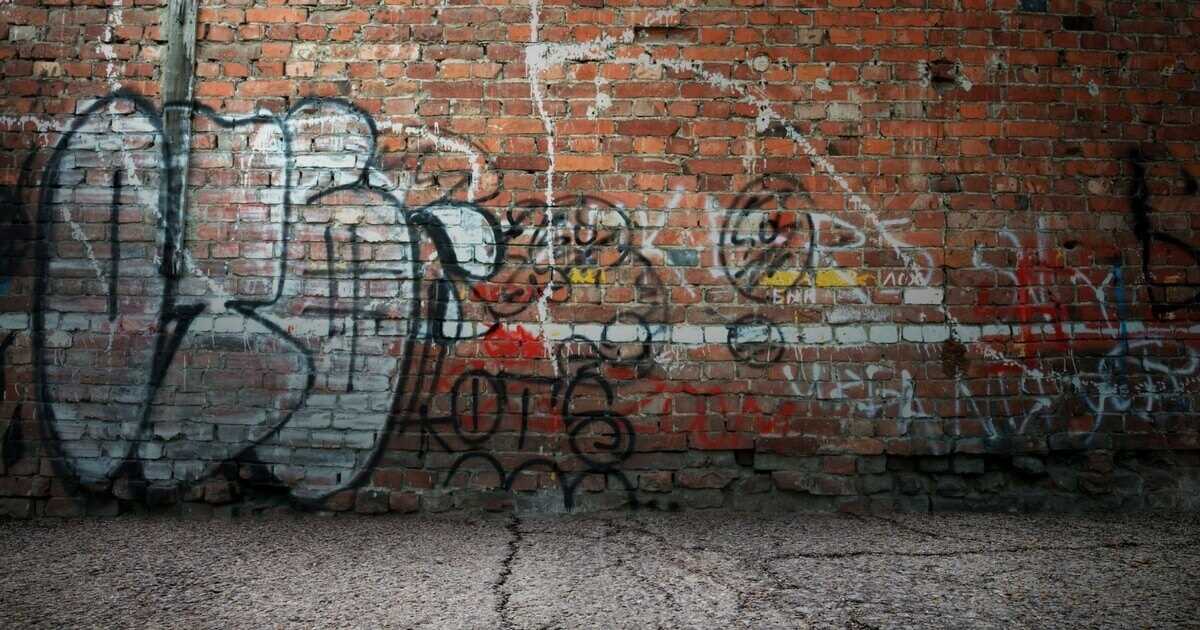
Enforcement of anti-graffiti laws varies between jurisdictions. Some cities have implemented programs that provide legal avenues for graffiti artists to showcase their talents, while others take a zero-tolerance approach, imposing fines and penalties on anyone caught defacing public or private property.
Bridging the Gap
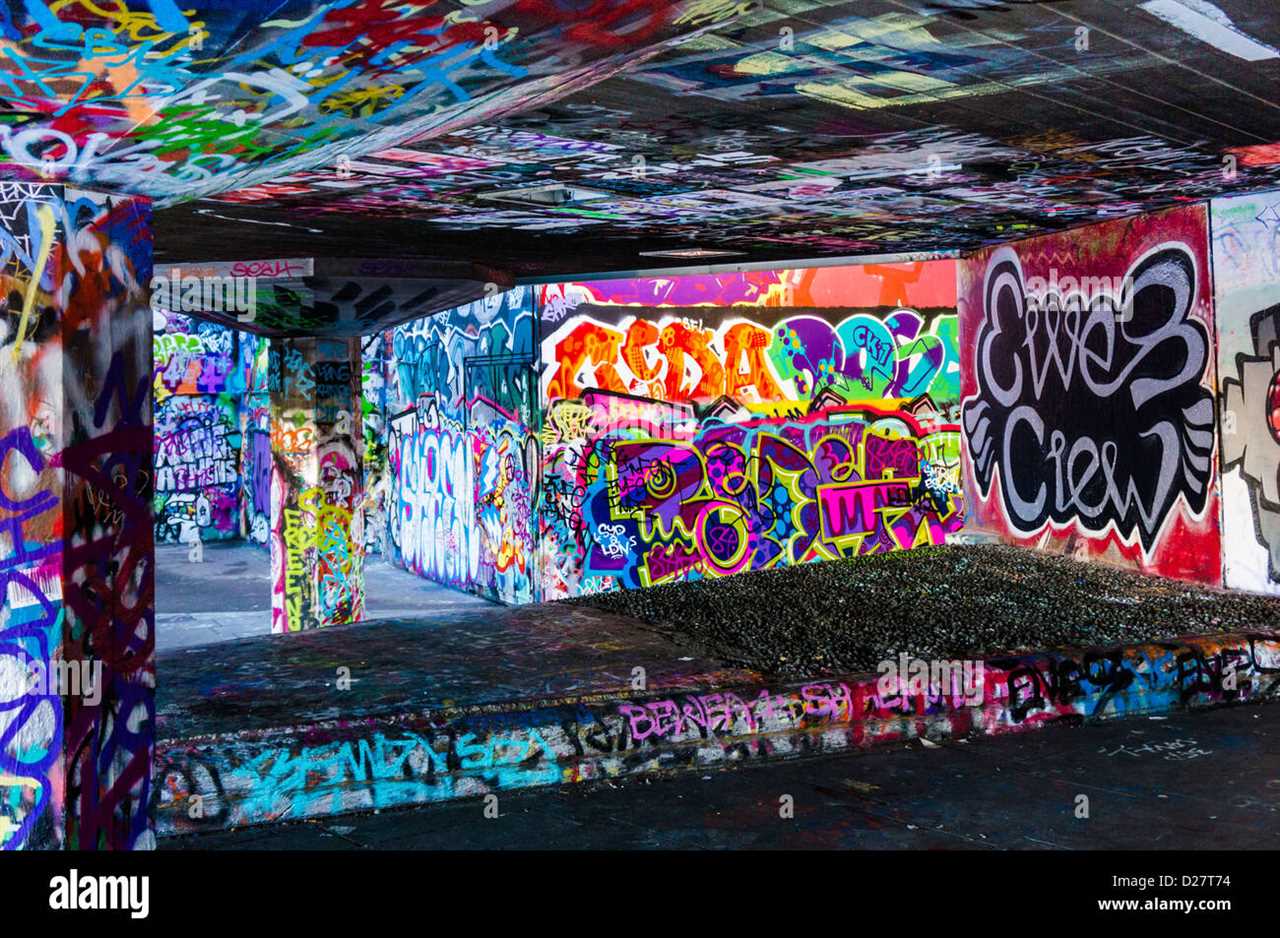
Efforts to bridge the gap between graffiti as art and graffiti as vandalism have gained momentum in recent years. Street art festivals, curated public art projects, and designated graffiti areas have provided opportunities for artists to express themselves legally within designated spaces. By promoting collaboration and community engagement, these initiatives aim to redirect the energy of graffiti artists from destructive acts to creative expression.
Ultimately, the debate between graffiti as art and graffiti as vandalism remains contentious. While there are valid arguments on both sides, finding a balance that respects public and private property rights while allowing for artistic expression will continue to be a challenge for communities and authorities.
Graffiti as a Reflection of Street Culture
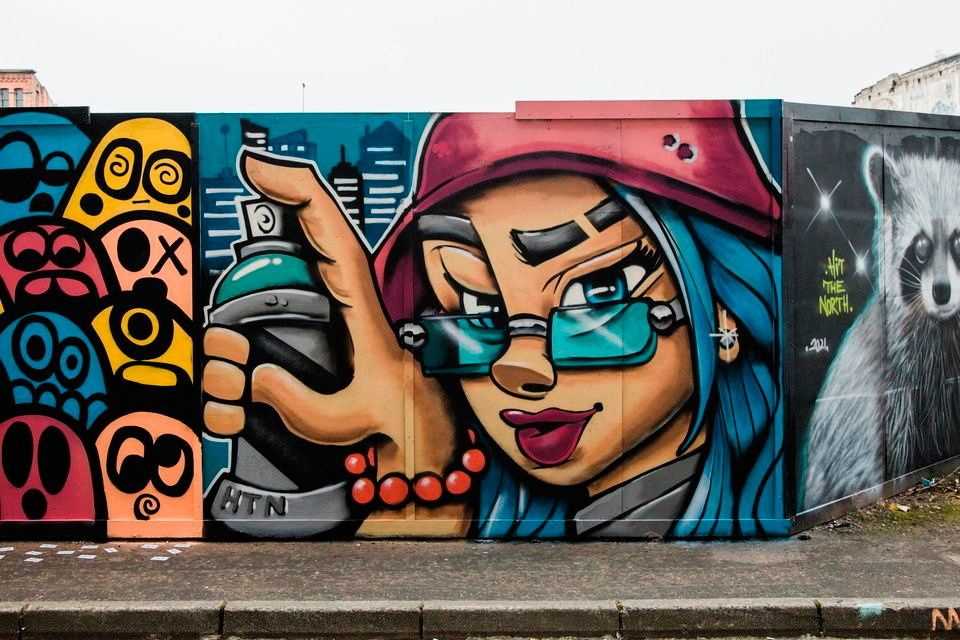
Graffiti has long been regarded as an art form that reflects the essence of street culture. Originating in the urban landscapes of the UK, graffiti has become a powerful means of self-expression for many individuals. It provides a platform for artists to communicate their thoughts, ideas, and emotions in a visually compelling manner.
The Subversive Nature
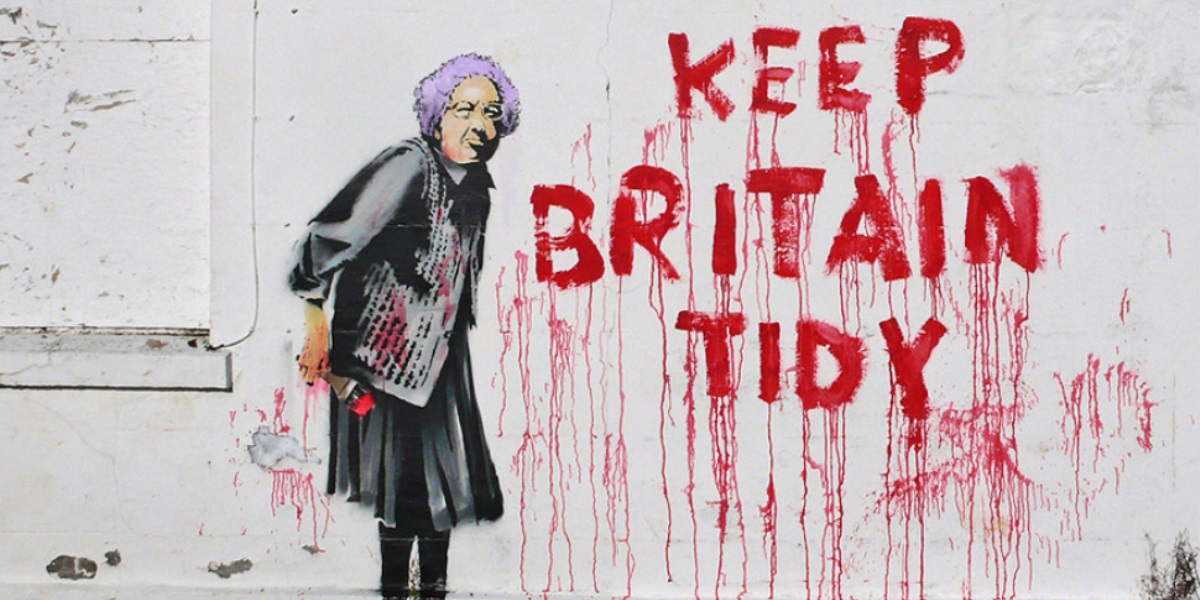
Graffiti is often seen as a subversive art form that challenges the norms and conventions of mainstream society. It allows artists to question authority, challenge social hierarchies, and criticize political systems. Through the use of vibrant colors, intricate designs, and thought-provoking imagery, graffiti artists make bold statements about the world they live in.
By defying traditional forms of artistic expression, graffiti breaks free from the confines of galleries and museums, and instead, takes art to the streets – the very heart of urban culture. It transforms public spaces into vibrant canvases that reflect the diversity and energy of the communities they exist within.
Engagement with the Community
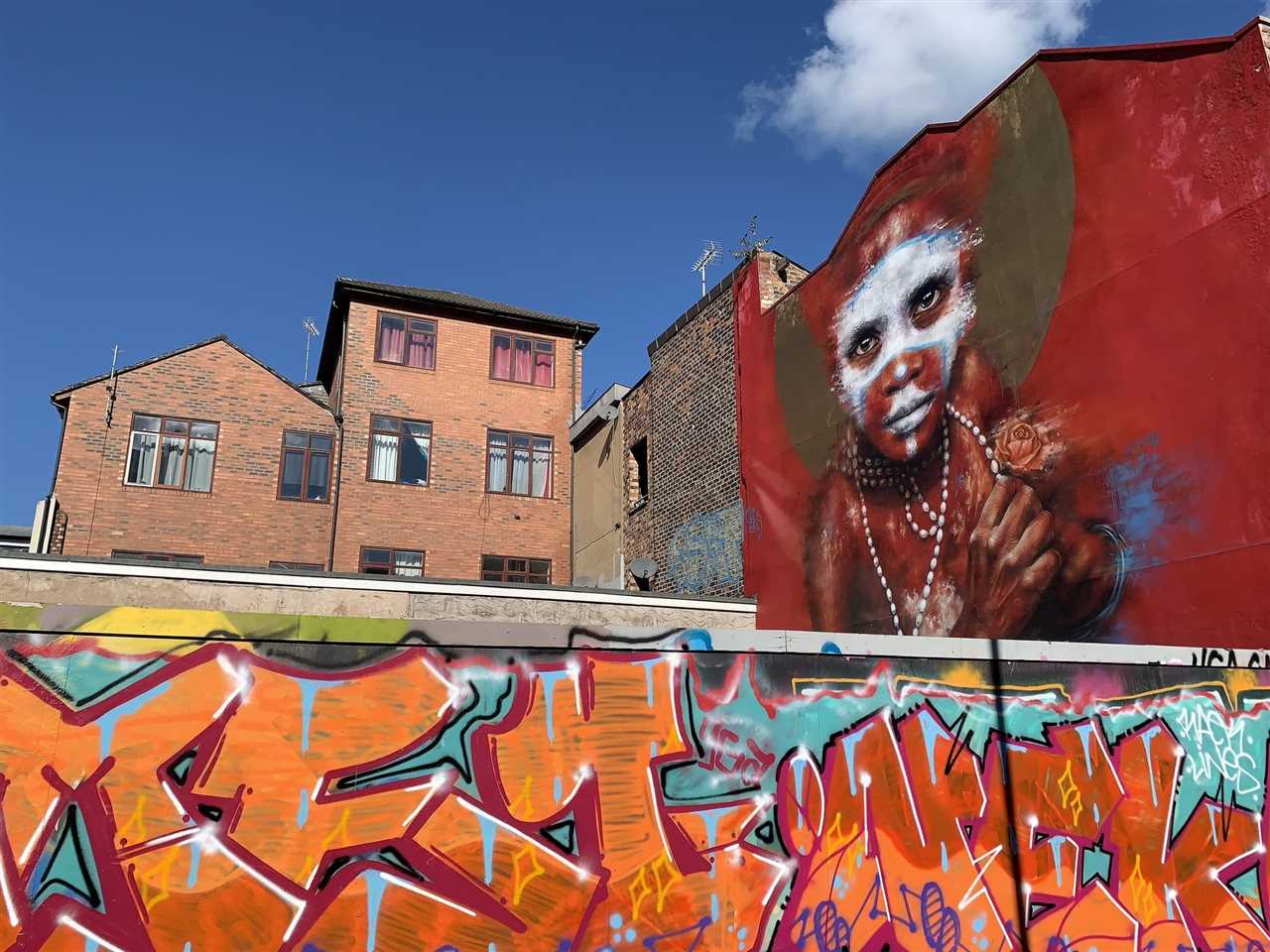
One of the unique aspects of graffiti is its ability to engage with the local community. Unlike other art forms that may be confined to specific spaces, graffiti is accessible to everyone. It invites dialogue and creates a sense of ownership among community members.
Graffiti often reflects the voice of the people, as artists draw inspiration from the social issues and cultural trends that surround them. It acts as a mirror, reflecting the thoughts, hopes, and concerns of the community. In this way, graffiti becomes a catalyst for social change and a means of representing the diverse experiences of those who inhabit the streets.
Through its subversive nature and engagement with the community, graffiti serves as a powerful reflection of street culture. It captures the spirit and energy of urban life and provides a platform for artists to express their thoughts and feelings. Graffiti challenges societal norms and acts as a voice for the marginalized. As an art form that is accessible to all, it fosters a sense of community and encourages dialogue. Overall, graffiti is a dynamic and integral part of street culture in the UK.

I am a mural enthusiast and a fervent admirer of street art. Rather than creating murals myself, I am passionate about collecting them. My love for street art knows no bounds. I am dedicated to curating and cherishing these artworks that grace the streets. My collection stands as a testament to my profound appreciation for this form of artistic expression.
read about me

